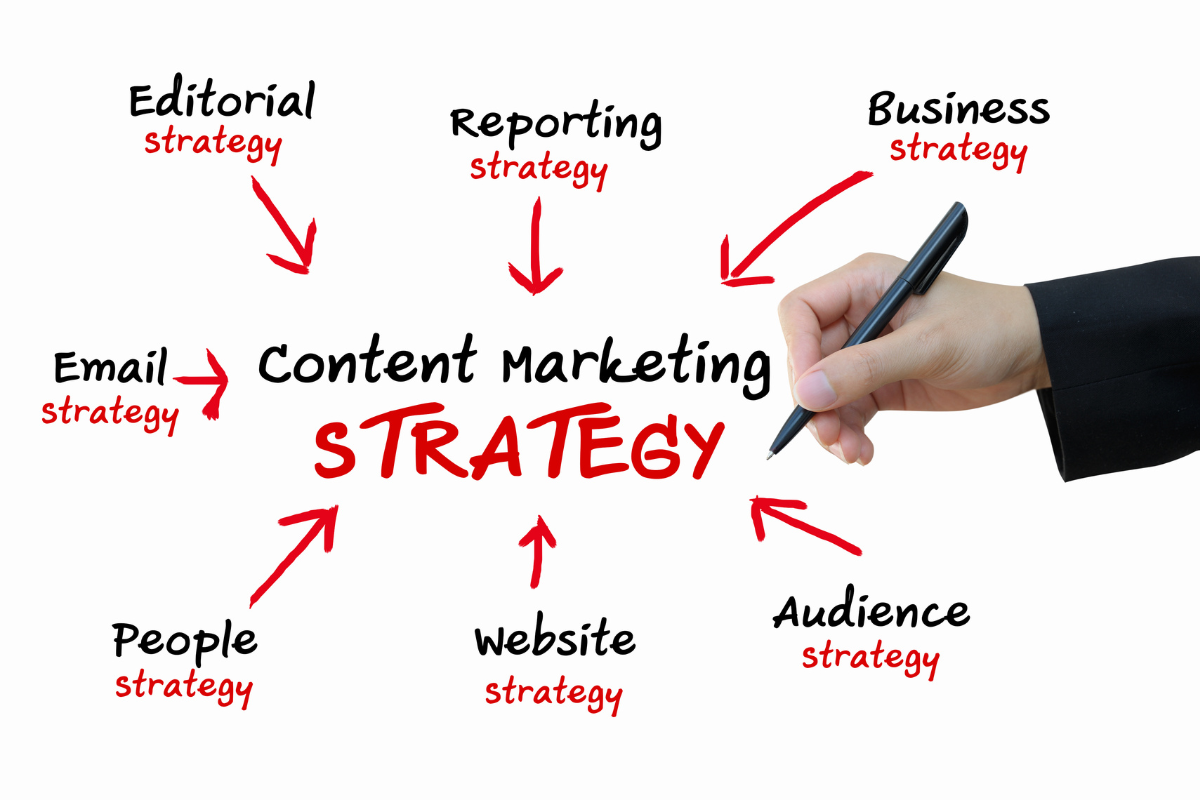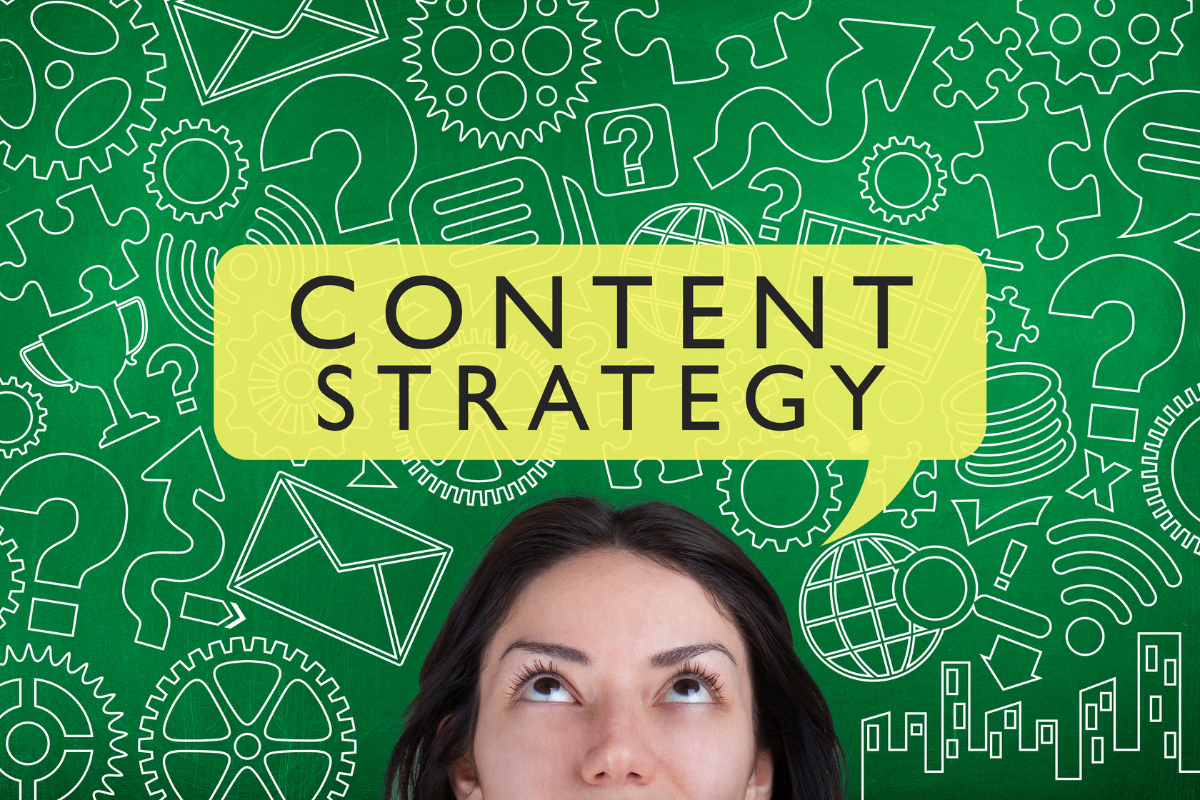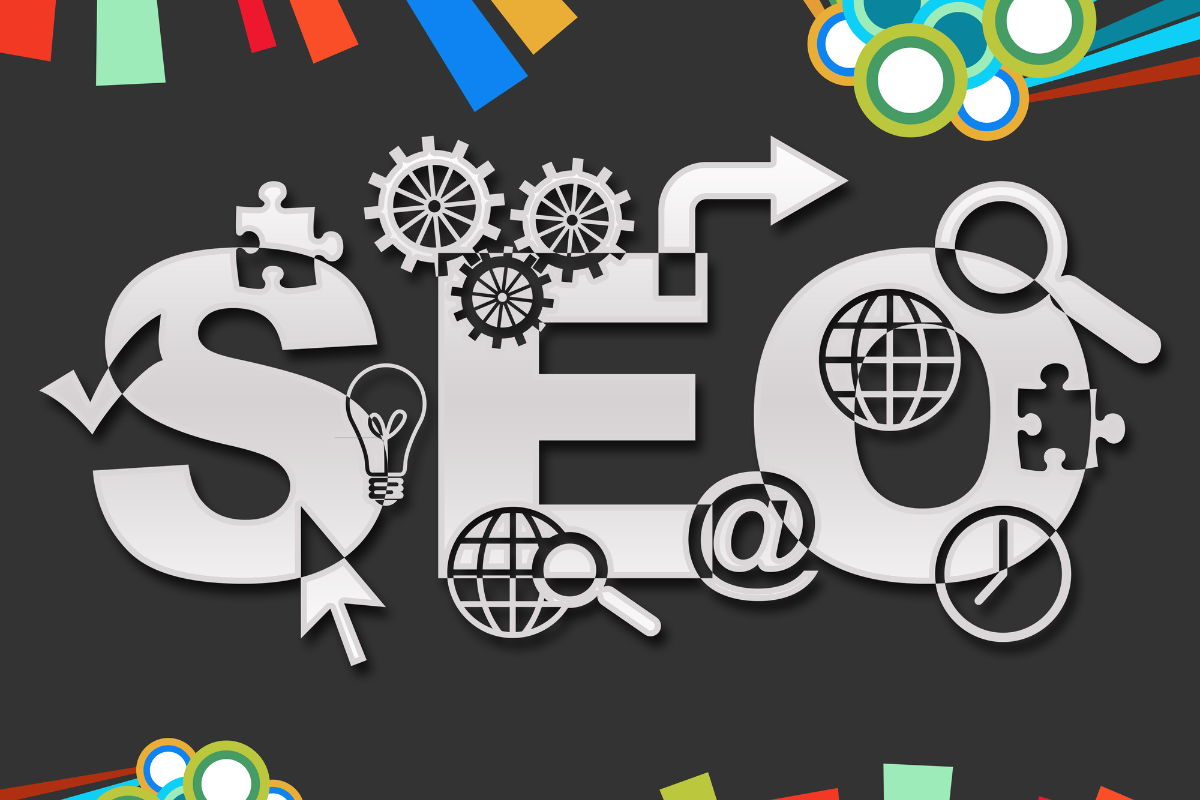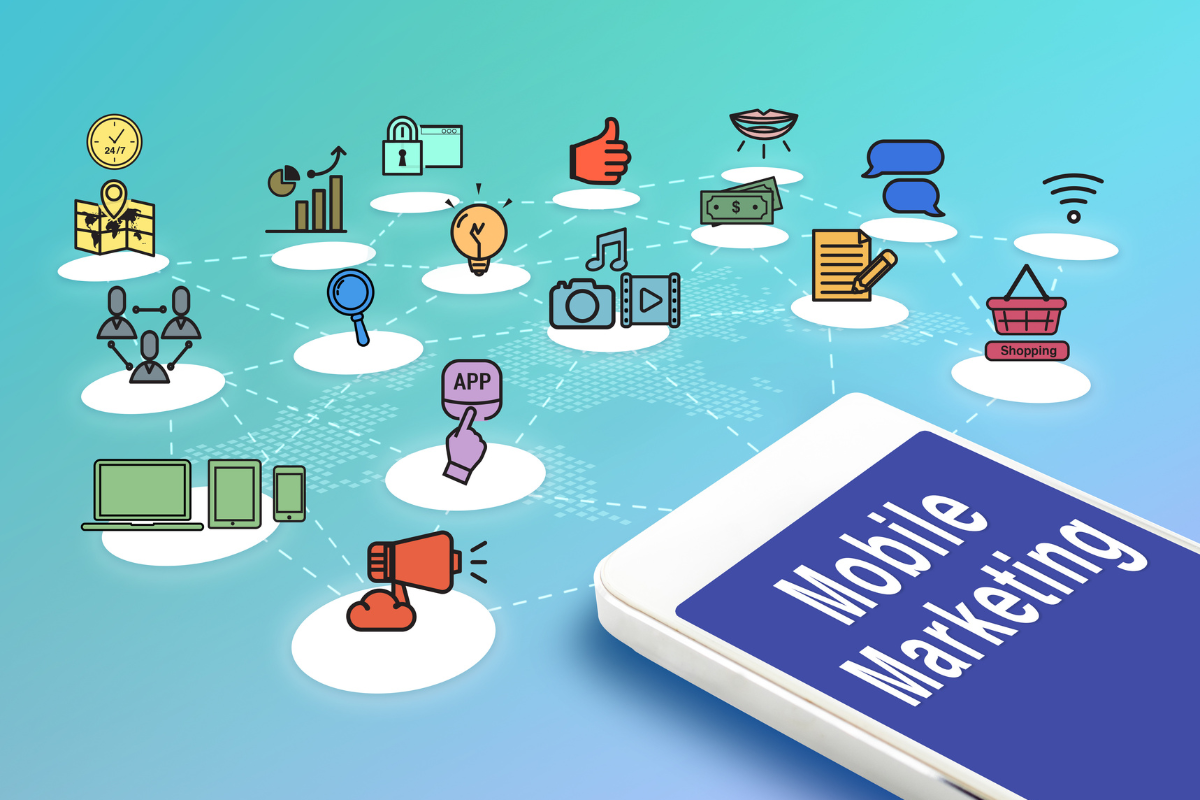
Post Title
Mastering Content Marketing: A Small Business Guide
October 23, 2024
So, you're curious about content marketing and how it can boost your business? You’ve come to the right place.
Let’s dive into how this digital strategy can transform the way your small business connects with customers and take things to the next level.
By the time we’re through, you’ll have some solid strategies to get started and start making a real impact with your content.
Sounds good? Let’s go!
What’s the Deal with Content Marketing?

In today’s tech-driven world, standing out is tough. Your customers are constantly flooded with information—ads, emails, you name it. Content marketing is a smart way to cut through the noise by sharing valuable and relevant content that people actually want to see. Think of it as building a relationship with your audience by delivering stories, tips, or insights they care about.
Now, for small businesses, it’s a game-changer. Why? Because it lets you compete with bigger brands by focusing on storytelling, relationship-building, and community engagement—all without needing a massive budget. Whether it’s blog posts, videos, social media content, or podcasts, there’s a strategy out there that fits your style and your audience’s preferences.
Why Storytelling Works So Well?
Ever noticed how a good story sticks with you? That’s the magic of storytelling, and it’s huge in content marketing. When you tell a story—whether it’s about your brand’s journey, a happy customer, or the faces behind your business—it helps people connect with you on an emotional level.
Customers want more than just products or services these days; they want authenticity. So, share those behind-the-scenes moments or let your customers' success stories shine. People love to support brands they can relate to—and showing that human side builds trust and loyalty.
Know Your Audience Like the Back of Your Hand
The secret to creating content that clicks? Knowing your audience inside and out. It’s not just about demographics—it’s about understanding what they care about, what challenges they face, and what excites them.
Start by gathering insights from social media, surveys, or customer feedback. Once you have that info, you can build personas—fictional profiles that represent your ideal customers. These help you tailor your content to your audience’s needs, making them feel seen and understood. When customers feel like you get them, they’re way more likely to engage with your content—and eventually become loyal fans.
Make SEO Your Content’s Best Friend
Creating awesome content is only half the battle. If you want it to reach the right people, search engine optimization (SEO) needs to be part of your strategy. SEO helps your content show up on Google when your audience is searching for relevant topics.
A good place to start when it comes to SEO and content marketing? Keyword research. Find out what words or phrases your audience is searching for and sprinkle them naturally throughout your content—titles, headings, and descriptions. And remember, it’s not about cramming keywords everywhere; quality content that genuinely helps your audience will always win with search engines.
Bonus tip: Make sure your website loads fast and looks great on mobile—Google loves that!
Track What’s Working (and What’s Not)
How do you know if your content marketing efforts are actually paying off? Easy—track the right metrics. Keep an eye on things like website traffic, social media engagement, and conversions to see what’s working.
Tools like Google Analytics can give you the data you need to make smart decisions. And don’t be afraid to experiment. Try different types of content marketing (blogs, videos, or infographics) and posting times to see what your audience responds to best. Content marketing is a marathon, not a sprint—so keep tweaking until you find your sweet spot.
Real Success Stories to Inspire You

Real-world examples of content marketing that are successful can provide valuable insights for small business owners. Need some inspiration? Check out how these small businesses used content marketing to make big things happen:
Case Study 1 - Local Bakery's Social Media Success:
A local bakery used Instagram to share visually appealing posts of their freshly baked goods. By engaging with their followers and responding to comments, they built a loyal online community. Their strategic use of hashtags and location tags attracted new customers, resulting in a significant increase in foot traffic and online sales.
Case Study 2 - Fitness Studio's Educational Blog:
A fitness studio created a blog featuring workout tips, nutrition advice, and success stories from their clients. By establishing themselves as a trusted source of fitness information, they attracted a steady stream of visitors to their website. The blog not only boosted their search engine visibility but also led to increased membership inquiries and sign-ups.
Case Study 3 - E-commerce Brand's Influencer Collaboration:
An e-commerce brand partnered with influencers in their niche to showcase their products through authentic and relatable content. The influencers' endorsements reached a wider audience and drove traffic to the brand's website. This collaboration resulted in a significant increase in sales and brand awareness.
These case studies highlight the diverse ways small businesses can utilize content marketing to achieve their goals. By learning from others' successes, you can gain valuable insights and apply similar strategies to your own business.
Ready to Get Started? Here’s How
If you're ready to take the plunge into content marketing, here are some practical tips to help you get started on the right track:
1. Set Clear Goals - Define what you want to achieve with your content marketing efforts. Whether it's increasing brand awareness, driving website traffic, or boosting sales, having clear goals will guide your strategy.
2. Create a Content Calendar - Plan your content in advance by creating a content calendar. This helps you stay organized and ensures a consistent flow of content across different platforms.
3. Focus on Quality Over Quantity - Instead of churning out a high volume of content, prioritize quality. Deliver valuable and engaging content that resonates with your audience and encourages interaction.
4. Leverage Different Content Types - Experiment with various content formats, such as blog posts, videos, infographics, and podcasts, to keep your audience engaged and cater to different preferences.
5. Encourage User-Generated Content - Encourage your customers to share their experiences and stories with your brand. User-generated content adds authenticity and builds a sense of community around your business.
By following these tips and staying committed to providing value to your audience, you'll be well on your way to building a successful content marketing strategy.
Content Marketing's Best-Kept Secrets: What Marketers Rarely Talk About

Some under-discussed aspects of content marketing could add depth to your strategy and help you stand out from the crowd. Let’s go beyond the basics and explore what most people aren’t talking about.
1. Emotional Triggers in Content Marketing
While storytelling is frequently discussed, the psychology behind emotional triggers is often overlooked. Most purchasing decisions are emotional, even when people rationalize them later.
How can you use emotional triggers:
- FOMO (Fear of Missing Out): Limited-time offers or product drops create urgency.
- Belonging and Identity: Content that taps into community or personal identity—like sustainability movements—creates deeper connections.
- Nostalgia: Use content that brings back positive memories, linking your brand with comfort and joy.
- Empathy and Compassion: Share stories that highlight customer challenges and how your business provides meaningful solutions.
Pro Tip: Use emotional language in your calls-to-action (CTAs). Instead of just saying “Sign Up,” try “Start Your Journey” or “Don’t Miss Out.”
2. Battling Content Fatigue
With businesses posting across multiple platforms every day, audiences are overwhelmed. Content fatigue is real, and it’s causing people to disengage.
How to combat content fatigue:
- Quality over quantity: Post less frequently but with higher value content that sparks curiosity or solves a problem.
- Interactive content: Polls, quizzes, or surveys offer two-way engagement, which can feel refreshing.
- Personalized content: Use email segmentation or dynamic web pages to provide personalized experiences—this reduces cognitive load for your audience.
Pro Tip: Monitor engagement metrics closely. If your audience isn’t responding to a particular type of content, scale it back and experiment with formats that require minimal effort from them (e.g., bite-sized tips or carousel posts).
3. The Rise of Micro-Content
Most conversations focus on long-form content—blogs, podcasts, or in-depth videos. However, micro-content (e.g., short reels, 10-second stories, memes) is becoming more powerful, especially with shorter attention spans on platforms like TikTok and Instagram.
How to leverage micro-content:
- Break down a blog post into bite-sized pieces to share across social media.
- Create visual snippets from key points in podcasts (like audiograms).
- Use memes or GIFs to convey brand personality in a fun, shareable way.
Pro Tip: Experiment with snackable formats like Twitter threads or 30-second explainers that summarize longer content.
4. Content Repurposing: Work Smarter, Not Harder
One of the most underrated strategies is repurposing content. Why create something from scratch when you can transform existing content to fit different formats and platforms?
Repurposing ideas:
- Turn a webinar into a series of blog posts.
- Convert blog content into newsletters or social media captions.
- Extract key insights from white papers and use them in LinkedIn posts.
- Compile multiple blog posts into an eBook or guide.
Pro Tip: This approach saves time and ensures consistent messaging across channels, without overwhelming your content team or your audience.
5. Ethical Storytelling: Staying Authentic in a Clickbait World
In an age where authenticity is prized, ethical storytelling is crucial but rarely discussed. Some brands fall into the trap of exaggeration or using emotionally manipulative stories to drive engagement. This can backfire, leading to public backlash or loss of trust.
How to ensure ethical storytelling:
- Stick to stories rooted in truth—don’t overhype or mislead your audience.
- When sharing customer testimonials, get permission and offer them something in return, such as a discount or feature on your platform.
- Avoid exploiting sensitive topics or social issues for clout without meaningful action to back it up.
Pro Tip: If your brand is committed to causes (e.g., sustainability or mental health), make sure you walk the talk. Share behind-the-scenes efforts, donations, or partnerships to reinforce your authenticity.
6. Content Distribution: The Missing Link
Many businesses spend 90% of their effort on creating content but forget the importance of distribution. If your audience isn’t seeing your content, it’s wasted effort.
Smart distribution tactics:
- Use email marketing to distribute blog posts and updates directly to your subscribers.
- Leverage influencer partnerships to extend the reach of your content.
- Republish your content on third-party platforms like Medium or LinkedIn.
- Cross-post videos from YouTube to Instagram or repurpose tweets as Instagram stories.
Pro Tip: Try the 80/20 rule—spend 20% of your time creating content and 80% distributing it. Visio SEO can make this easier by scheduling posts across multiple platforms.
Content Marketing Unpacked: Your Top Questions Answered
Q1: What is content marketing in a nutshell?
A1. Content marketing is a strategic approach focused on creating and distributing valuable, relevant, and consistent content to attract and retain a clearly defined audience. It aims to provide genuine value and establish a meaningful connection with customers.
Q2: Why should small businesses care about content marketing?
A2: Content marketing offers several benefits for small businesses, including increased brand visibility, enhanced customer engagement, and improved search engine rankings. It provides a cost-effective way to compete with larger competitors and build lasting relationships with customers.
Q3: What types of content work best?
A3: It depends on your audience. Content marketing encompasses various formats, including blog posts, videos, infographics, social media updates, podcasts, and more. Different types of content allow businesses to engage with their audience through diverse channels and cater to different preferences.
Q4: How can I measure the success of my content marketing efforts?
A4: Success in content marketing can be measured using key metrics such as website traffic, engagement rates, conversion rates, and social media shares. Regularly analyzing these metrics helps you assess the effectiveness of your strategy and make data-driven improvements.
Q5: Any quick tips for getting started?
A5: To get started with content marketing, define clear goals, create a content calendar, focus on quality over quantity, leverage different content types, and encourage user-generated content. By providing valuable content that resonates with your audience, you'll set the foundation for a successful strategy.
Let Visio SEO Put Your Content to Work!

Content marketing is more than just blog posts and SEO tricks—it’s about building relationships, creating value, and engaging authentically with your audience. By telling authentic stories, focusing on your audience’s needs, and optimizing your content for search engines, you can build meaningful connections that translate into real business success.
The most important takeaway?
Content marketing is a marathon, not a sprint. Consistency, authenticity, and creativity will be your biggest allies in building a strategy that drives lasting growth.
So, what’s next? Does your business need more than just a flashy ad to stand out? Do you want to experience the benefits of content marketing personally?
Take a step back, assess your current content strategy, and book a content marketing consultation with the skilled copywriters of Visio SEO!
Contact Us
Contact Us
We will get back to you as soon as possible
Please try again later
Subscribe to Our Newsletter
Stay up to date with our latest offers and promotions by signing up now!
Contact Us
We will get back to you as soon as possible.
Please try again later.

We are the premier digital marketing solution in Elgin. Contact us today to get your free, no-obligation consultation!










